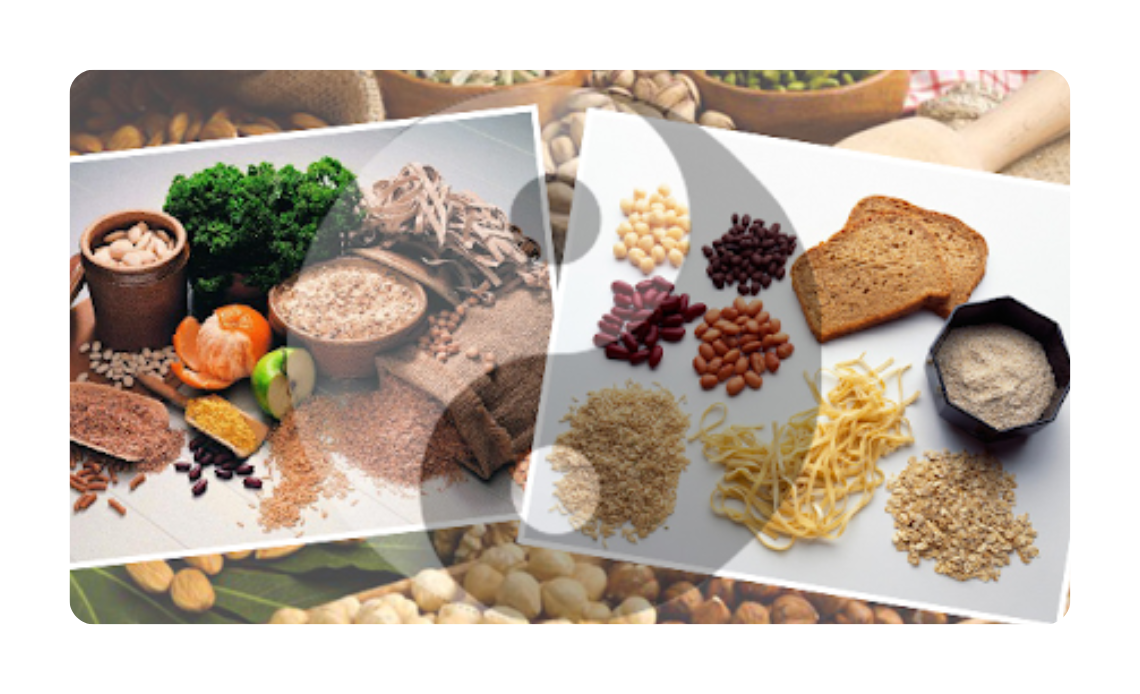
Vietnamese Cuisine: A Story Of Balance
Vietnamese cuisine is distinguished by its finesse and the balance of flavors that make up each dish. This balance is associated in our culture with the concept of Ying and Yang, a fundamental symbol in Chinese philosophy, widely spread throughout Asia. You will discover a carefully thought-out gastronomy where Ying foods and Yang foods are combined to create dishes that are good for both the mind and the body.
The Perfect Balance: Ying and Yang
When we think of Far Eastern cultures, the famous Ying Yang symbol quickly comes to mind. The theory surrounding it explains the origin of the world where everything is formed by two forces. Both opposing and complementary, Yin (the black part) and Yang (the white part) cannot exist or be complete without each other: woman / man, spirit / matter, winter / summer, darkness / light, death / life... If the balance is not maintained, elements or beings risk imbalance.
Vietnamese cuisine is based on these principles, where Yin ingredients and Yang ingredients are combined to offer healthy food and maintain the balance of the body. Indeed, food is the foundation of our physical well-being and can heal or prevent certain diseases. For example, the best remedy for a cold on the Vietnamese pharmaceutical market is a simple infusion of ginger (Yang) in warm water (Yin) (Yang).
This culinary philosophy invites you to discover an array of extremely rich, flavorful, and generous combinations during your stay... And we admit, our gastronomy can sometimes be confusing, as it is quite the opposite of European cuisine. Don’t worry, you won’t be required to season your fruits (Yin) with salt and chili (Yang)!

Culinary Journey from North to South Vietnam
Before embarking on a culinary journey, two essential ingredients define Vietnamese cuisine: rice and nuoc mam sauce. The latter is made from fish brine, lime juice and zest, chilies, and sugar. Does that sound familiar? Salt, acidity, bitterness, chili, and sugar. Still unsure? Water, fire, wood, metal, and earth — the 5 natural elements derived from the interaction of Yin and Yang. Balance!
In general, a meal consists of two main dishes, such as meat, fish, or tofu, accompanied by vegetables, rice, nuoc mam, and a broth. Fish is often grilled, and the meats consumed are mainly pork, chicken, and beef. Vietnamese people also enjoy eggs and tofu! Vegetables can be boiled, steamed, sautéed, fermented, or simply eaten raw. The magic of each dish lies in the use of herbs and spices: cilantro, mint, chives, bean sprouts, pepper, ginger, lemongrass, fennel... However, each region has its own distinct character.
The cuisine of the North is known for being more generous and saltier. Grilled meats, soups, and noodles are the typical dishes of this region. Central Vietnam's cuisine stands out with spicier and more refined dishes. The region, home to royal dynasties, inherited the imperial cuisine of Hue, which is considered the pinnacle of Vietnamese haute gastronomy and embodies the balance of Yin and Yang. In addition to this must-try, you'll find more humble specialties, often focused on fish, that are just as delicious. Lastly, Southern Vietnamese cuisine is influenced by Chinese, Cambodian, and Thai flavors, particularly the sweet-salty combination. Fish and seafood are at the heart of their simple yet flavorful specialties.
If you have any questions or would like us to organize your trip, please contact Vietnam Insolite !
Leave a comment and let’s chat :)



